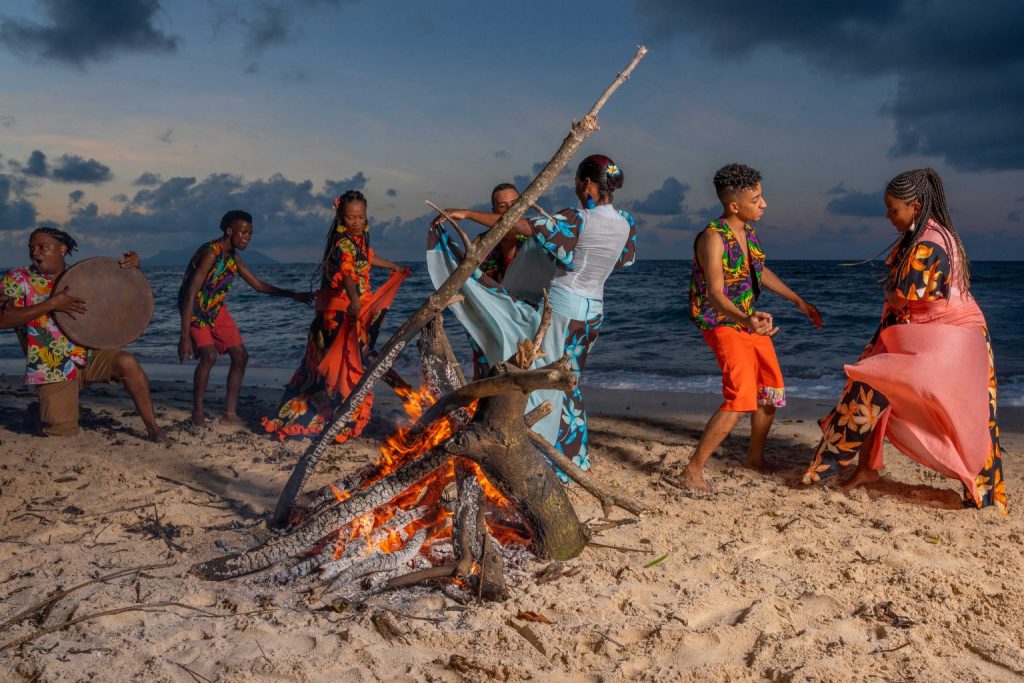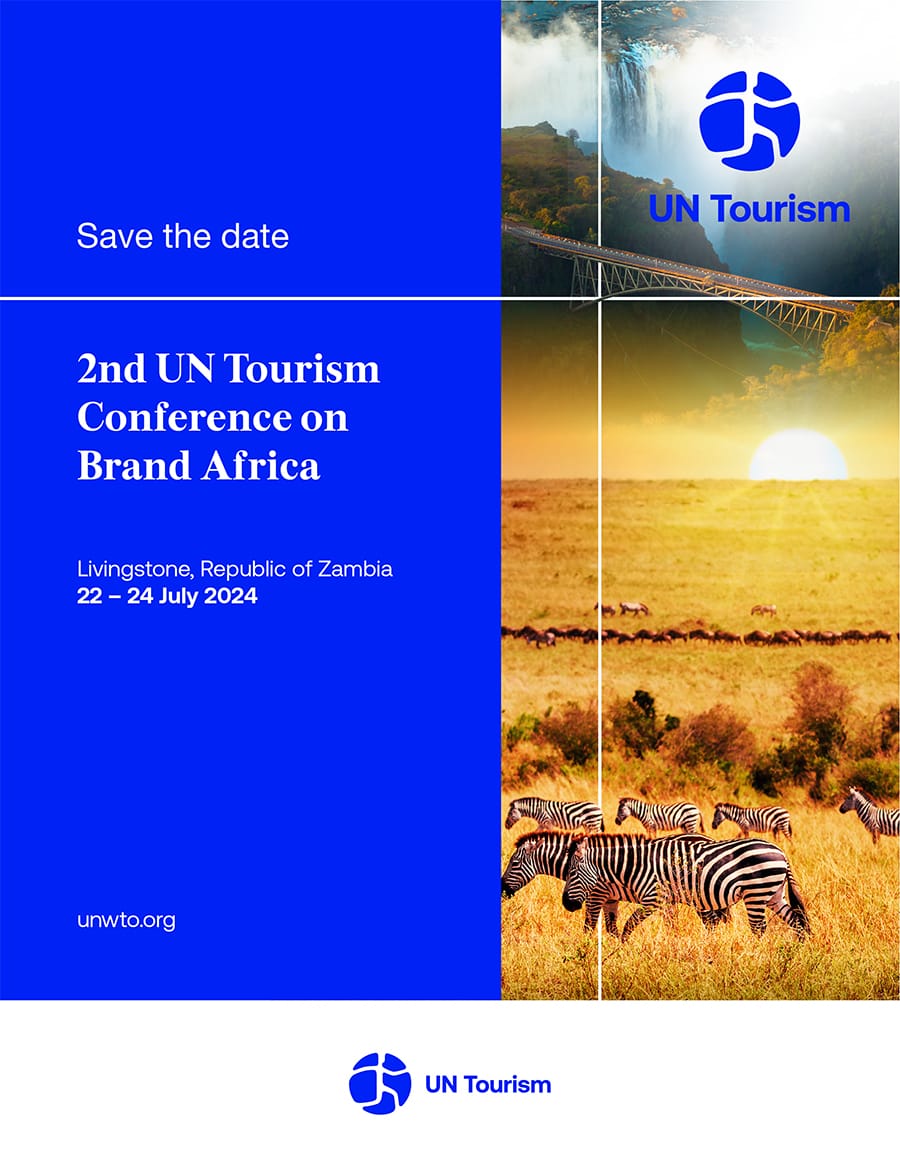The people of Seychelles have extended their warmest appreciation to the world after Moutya, a dance which started as means of expressing oppression and hardship, was added to the United Nations Educational, Scientific and Cultural Organization (UNESCO) list of intangible cultural heritage for humanity, during the sixteenth session of the Intergovernmental Committee for the Safeguarding of the Intangible Cultural Heritage, held virtually from 13-18 December, 2021.
In a video message by David Andre, Secretary General of the Seychelles National Institute for Culture Heritage and Arts, the country expressed appreciation to everyone involved in the nomination process.
He said “it is indeed a very proud moment for Seychelles, and the whole country is celebrating this accomplishment. We are even more proud by the fact that, as a small island state, we have had the opportunity to share a piece of our cultural heritage with the rest of the world,” stating that “the Moutya, which is part of our African heritage, is now also part and parcel of humanity.”
Moutya was brought to Seychelles by enslaved Africans who arrived with the French settlers in the early eighteenth century. They used to practise this dance at night in the forest, at a distance from the plantation house where their masters lived.
Historically, Moutya was a psychological comfort against hardship and poverty and a means of resisting servitude and social injustice. A sensual dance with simple choreography, it is traditionally performed around a bonfire.

The musical instrument used is a large drum with a narrow rim made of goat hide which is played mostly by men. The dance begins with the heating of the drums over a bonfire. Once the drums have been warmed, the drummers set the beat and men in the crowd call out various themes, usually social commentaries, to which the female dancers respond in high-pitched tones.
The men and women begin to dance to a moderate tempo involving hip-swaying and feet-shuffling. The dancers come close, but do not physically touch.
Moutya continues to be a form of expression of cultural identity to this day, retaining its traditional dance form. It is usually performed spontaneously within the community, as well as at social gatherings and cultural events. Moutya is transmitted informally through performance, observation and imitation and formally through research, documentation and dissemination.
“The moutya is the heartbeat of the Seychelles’ culture and is here to keep us alive. It is not only a great transformation, but also a reminder that culture is a key element that contributes towards peace, tolerance and unity,” David said as he expressed the country’s joy to the rest of the world, and indicated that “humanity is now custodian of this cultural masterpiece inscribed in the annals of world heritage.”
The government of Seychelles is committed to ensuring that the Moutya not only continues to be enjoyed by the Seychellois people, but also appreciated and enjoyed by as many nations as possible as they express thanks to all state parties, various organizations and the technical committee for their hard work and steadfast support in the nomination process and with particular gratitude to UNESCO.









